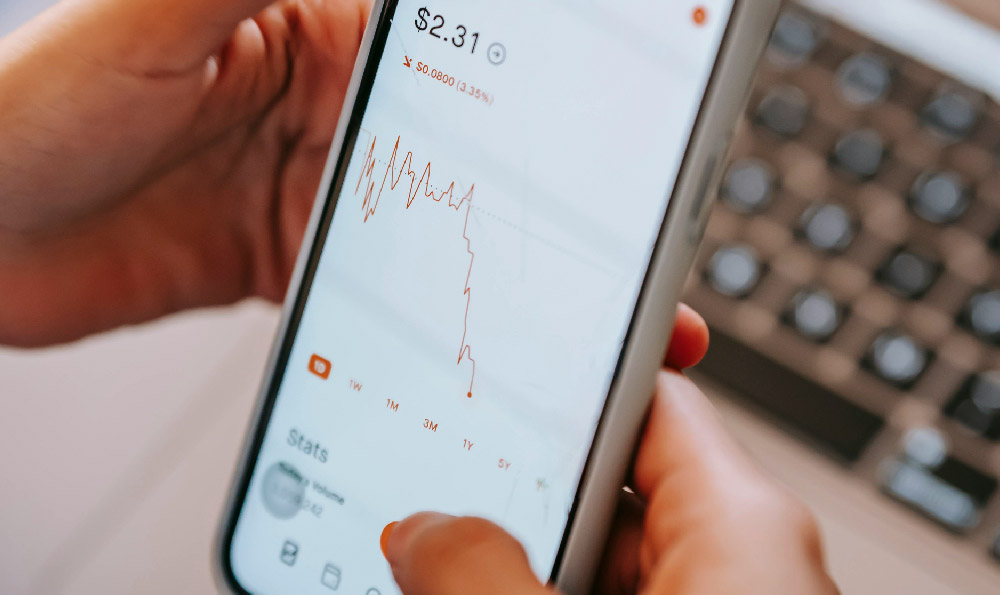Why are the poor getting richer, and how?
The observation that the poor are getting richer, while seemingly paradoxical, reflects a complex interplay of global economic trends, technological advancements, and evolving social policies. It's not a uniform phenomenon, and progress varies significantly across different regions and demographics, but the underlying forces driving this trend are undeniable. Understanding these forces and how they interact is crucial to comprehending the changing landscape of global poverty and wealth.
One of the most significant factors contributing to the increased wealth of the poor is globalization. The expansion of international trade and investment has opened up new opportunities for developing countries to participate in the global economy. This participation translates into increased employment, higher wages, and access to cheaper goods and services. For instance, the rise of manufacturing in countries like China and Vietnam has lifted millions out of poverty by providing stable employment and opportunities for skill development. The lower cost of manufactured goods, facilitated by global trade, also improves the purchasing power of lower-income individuals, allowing them to afford necessities and even accumulate some savings.
Technological advancements play a crucial role as well. The proliferation of mobile technology, particularly in developing countries, has democratized access to information, financial services, and economic opportunities. Mobile banking, for example, allows individuals in remote areas to manage their finances, access credit, and participate in formal financial systems, bypassing traditional banking infrastructure. Similarly, access to information through the internet and mobile devices empowers individuals to acquire new skills, start businesses, and connect with markets beyond their immediate locality. This digital inclusion is a powerful tool for economic empowerment, particularly for those who were previously excluded from traditional economic systems. The decreasing cost of technology itself also makes it more accessible to lower-income populations, allowing them to benefit from its various applications.

Another key driver is the increasing focus on education and human capital development. Investments in education, healthcare, and nutrition are essential for breaking the cycle of poverty. Educated individuals are more likely to secure better-paying jobs, start businesses, and make informed decisions about their finances and health. Similarly, improved healthcare and nutrition contribute to a healthier and more productive workforce, leading to higher economic output. Many developing countries have made significant strides in improving access to education and healthcare in recent decades, which has had a direct impact on poverty reduction. International aid organizations and non-governmental organizations also play a vital role in supporting these efforts by providing funding, technical assistance, and expertise.
Furthermore, government policies and social safety nets play a crucial role in mitigating poverty and promoting economic inclusion. Policies such as minimum wage laws, unemployment benefits, and conditional cash transfer programs provide a safety net for the most vulnerable populations and help to ensure that everyone has a basic standard of living. Conditional cash transfer programs, in particular, have been shown to be highly effective in reducing poverty by providing financial assistance to families in exchange for meeting certain conditions, such as sending their children to school or attending regular health checkups. These programs not only provide immediate relief but also incentivize investments in human capital, leading to long-term economic benefits.
Microfinance institutions have also contributed significantly to poverty reduction by providing small loans and other financial services to entrepreneurs and small business owners who lack access to traditional banking. These loans enable individuals to start or expand their businesses, create jobs, and generate income. Microfinance has been particularly effective in empowering women in developing countries, who often face significant barriers to accessing traditional financial services.
However, it's crucial to acknowledge that progress is not uniform, and significant challenges remain. Inequality within and between countries is a major obstacle to poverty reduction. While some individuals and regions have benefited greatly from globalization and technological advancements, others have been left behind. Factors such as discrimination, lack of access to resources, and political instability can perpetuate poverty and prevent individuals from escaping the cycle of deprivation.
Moreover, the gains made in poverty reduction are often fragile and can be easily reversed by economic shocks, natural disasters, and political crises. The COVID-19 pandemic, for example, has pushed millions of people back into poverty and highlighted the vulnerability of many developing countries to external shocks. Climate change also poses a significant threat to poverty reduction by exacerbating existing inequalities and increasing the frequency and severity of natural disasters.
Therefore, sustaining and accelerating progress in poverty reduction requires a multifaceted approach that addresses the underlying causes of poverty and inequality. This includes promoting inclusive economic growth, investing in education and healthcare, strengthening social safety nets, and addressing climate change. It also requires good governance, transparency, and accountability to ensure that resources are used effectively and that the benefits of economic growth are shared equitably.
Ultimately, the continued rise of the poor hinges on creating a more just and equitable global economic system that provides opportunities for all individuals to participate and thrive. This requires a commitment from governments, businesses, and individuals to work together to create a world where poverty is no longer a barrier to opportunity and where everyone has the chance to achieve their full potential. The forces driving the progress are powerful, but they require careful nurturing and proactive management to ensure that the gains are sustainable and that the benefits are shared widely.















